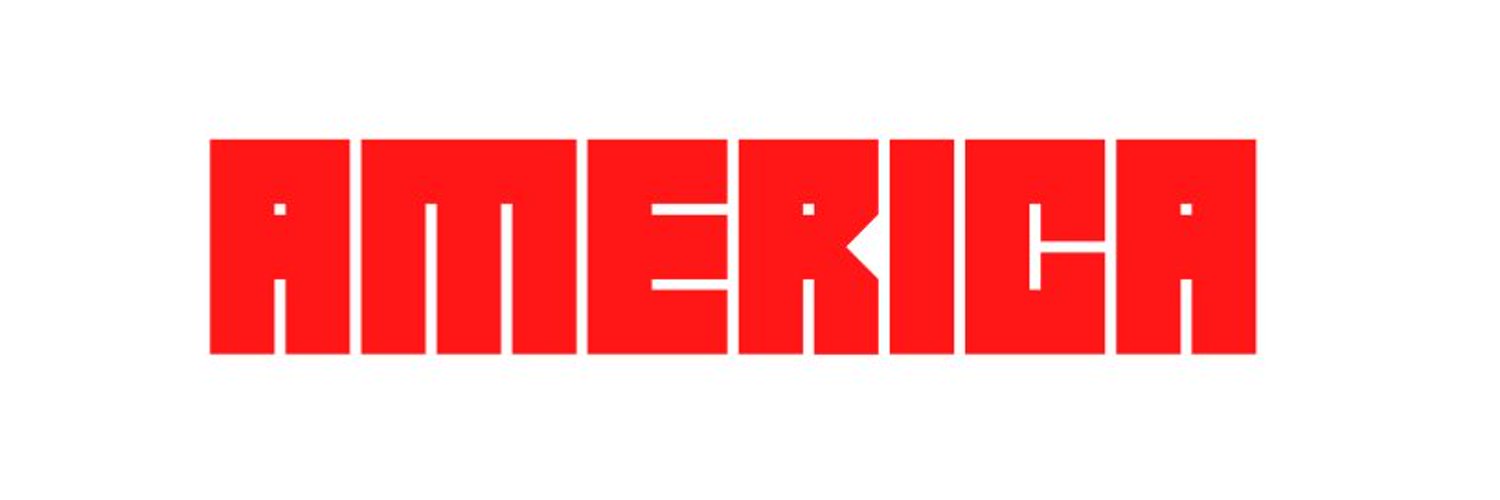Managing channels using the content creator's studio
Channel management using content creators' studio
From the beginning of 2019, YouTube announced the pilot release of the creator's studio but at the beginning of 2020, the work will be discontinued using the classic creator's studio or the old version and will be fully operated using the new creator's studio.
YouTube is about to launch a new version of the content creators' studio or creator's studio. This change came because YouTube wants to help the creator create a professional YouTube channel and get great possibilities for them to deliver good content.
Features of the new content creator's studio for YouTube
The new version of YouTube contains many distinctive tools that are not found in the classic version of the creator of content and this makes it necessary to start the new version.
So whoever owns a YouTube channel or wants to create a YouTube channel should be a device in dealing with the new version of the content creator's studio so that they don't have any problems as a result of now being used for the classic YouTube studio.
How to use the new YouTube studio for content creators
The control panel is not very useful in its current state.
We hope that YouTube will add more cards and the ability to customize the control panel shortly. Until then, you'll probably need to go down to the sidebar to find anything useful.
And right now, it just shows how well the latest video performs, as well as an overview of your channel. There are also more cards for YouTube news and its Creator Insider newsletter, which seems to take up space only.
New Analytics Page
Perhaps the biggest and best change in the new studio, the Analytics page is an important upgrade from the new beautiful analytics used by YouTube. Old analyses were not very detailed and took a day or two to update. New analyses are mostly updated in real-time, and faster than the number of video views. Anything that is not updated in real-time by the hour, except revenue usually takes a day to know how much it actually is.
The overview page is the first thing you'll see. This shows basic statistics about your channel in a graph over time. The default period is "last 28 days," but you can change the timeframe from the menu in the top right corner.
The chart is divided into four tabs, between which you can switch depending on your choice. All other analytics pages are planned in the same way, with multiple charts on each subject. You can also scroll over the chart to view the specific stats of that day.
The following tab is the "Access to Viewers" tab, which includes statistics on emergencies and tap-to-pop ratio, but is very well summarized through this chart under the main chart.
The following tab is "Watch Interests," which tracks the average viewing duration.
There is a card at the bottom showing the end screen videos that achieve the best performance, but otherwise, it is not the most useful for pages.
The "Build an Audience" tab also shows statistics about viewers and tracking subscribers. It's good to look at viewers' demographics, but this page is mostly fixed.
The "Revenue" tab may be what you often click on. It shows different statistics about monetizing your channel, how many viewers watch ads on your videos, and how much you make per thousand playbacks (CPM).
It is important to note here that the cost per thousand backs is not the actual cost per thousand backs. This depends on the number of YouTube-monetized runs, which represent only a small percentage of views. So, the math doesn't make sense if you're just multiplying the cost per thousand appearances in views.
The default time frame for this tab remains the "last 28 days," which is not what you might want. Since Adsense pays only once a month for everything you did that month, you'll need to switch it to the current month to show how much you've made since your last salary.
List of the latest videos
Click the "Videos" button in the sidebar to go to the list of videos. This page shows an overview of all your videos, including views, number of comments, appeals, and other information.
One change from the old studio is that the downloads are separate from the live stream. You will need to click on the "Live Stream" tab to find your previous live videos, which have been placed in the same way as your uploads.
To view more information about a video, click on the thumbnail or address in the list.
The new video details page is completely different. The sidebar will change, and you will see the thumbnail of your video above it. You'll find familiar options to change the title and description, and you'll find fewer options to change the thumbnail, tags, vision, and finish screens for your video.
This page resembles the main analytics page but has some video options. A useful addition is the audience retention chart - you can see where people stop watching or skipping, which is helpful to find what viewers love.
Go down to see more like the editor's page, which has a very basic video editor. You can't really edit videos after uploading them, so this editor only has options such as cutting or blackout content already in the video or adding music (or tones).





